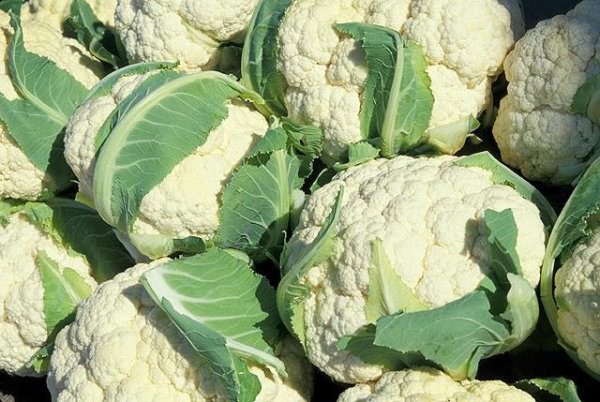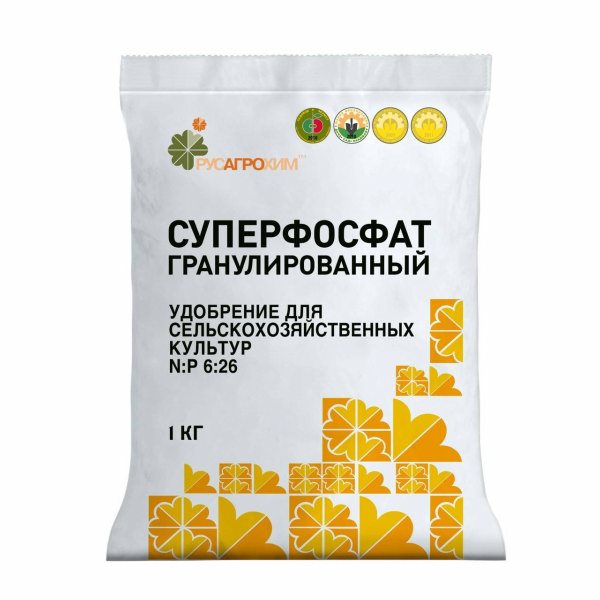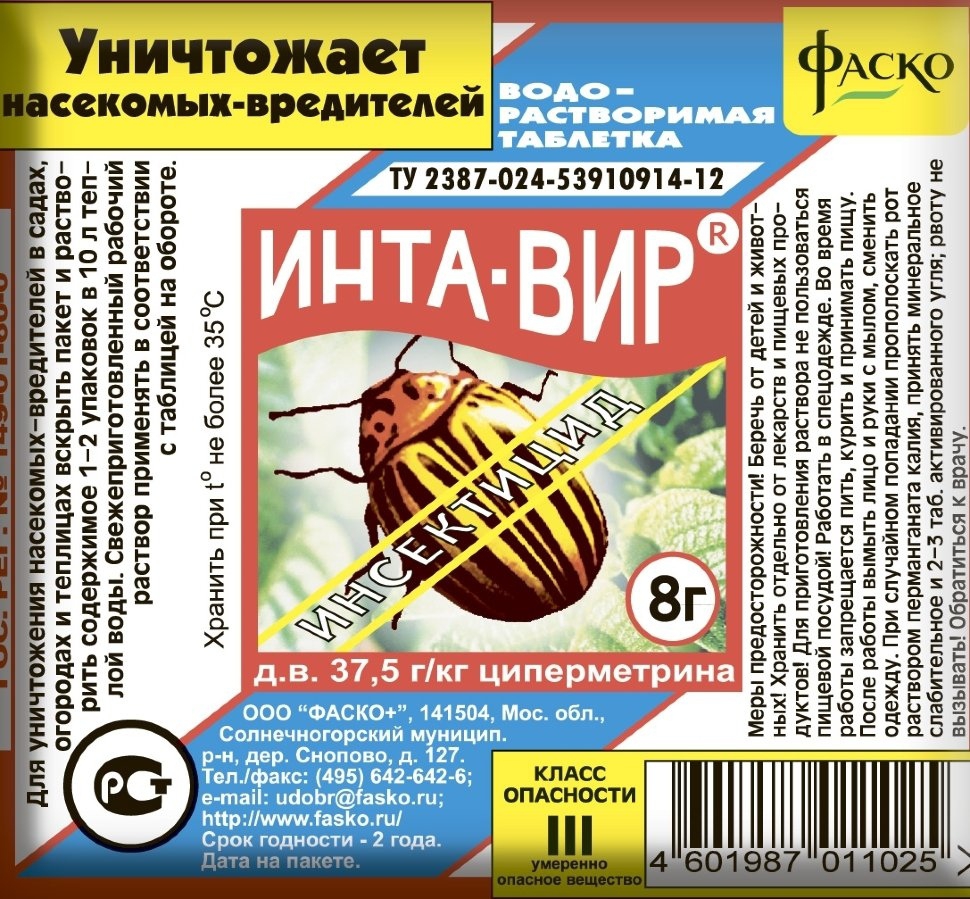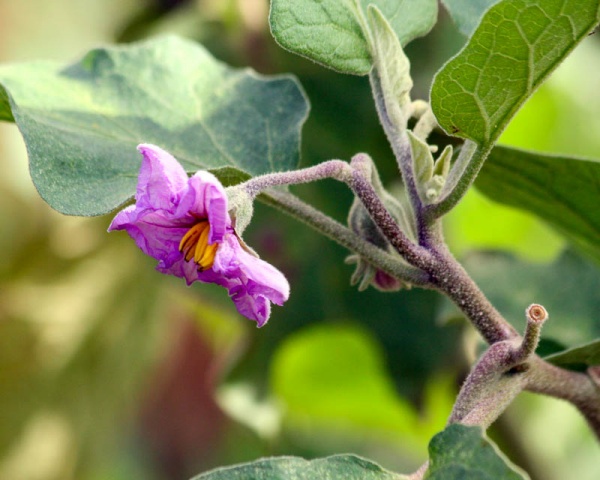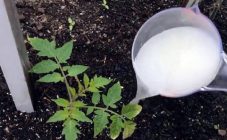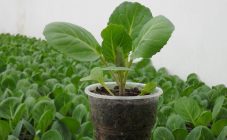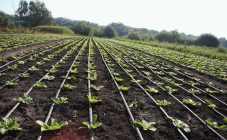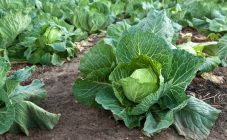Content:
An important part of cabbage growing technology is seedling feeding and proper care, since the plant is demanding on the soil. To obtain the desired harvest, you need to carefully monitor the condition of the sprouts and determine in time what they are missing.
Planting cabbage and stimulating growth
Cultivation of various varieties of cauliflower is carried out by direct planting of seeds in the ground or by obtaining seedlings with their subsequent transplantation into prepared beds. The first method is used in the southern regions of Russia, where the earth warms up to acceptable temperatures since mid-April. The purchased seed is first laid out on a moistened matter, after germination, immediately transferred to the chosen place.
The second method allows you to grow cauliflower in the Central lane and northern regions of Russia. Seeds pre-treated with growth stimulants must be planted in separate pots or a box, and when they germinate, they are transferred to a lighted place, fed with fertilizers, and watered with warm water.
When the seedlings are 20-30 days old, they can already be planted on the beds according to the scheme 0.45 X 0.25 m (for early varieties) or 0.35 X 0.6 m (for later hybrids). The bushes are buried 10 mm in the ground.
Cauliflower loves light, loose soil with neutral acidity. Stimulation and feeding of seeds begins with a properly prepared soil. For this, a mixture of peat, humus and turf is used. The components are taken in a 1: 1: 1 ratio. If there is no possibility of self-production of soil mixture, then it is purchased in specialized stores.
It is recommended to stimulate seed germination by treatment in a weak solution of potassium permanganate or with the use of drugs such as zircon or epin. To accelerate the growth of specimens transplanted to the beds, special agents such as alga 600, viva, kendal are used. They are used to accelerate the growth of the green mass of seedlings.
In order for the head of the vegetable to gain the required weight faster, the cauliflower is treated with Benefit. It is a stimulant that accelerates the division of plant cells.
Cauliflower dressing
Before transplanting to the beds, the sprouts need to be fed 2-3 times. Initially, this is done when 1-2 leaves appear on the sprouted bushes. Then the procedure is repeated after 2 weeks. If the gardener does not want to additionally fertilize the holes in the garden, then a third feeding is needed, which helps the plants to gain a foothold in a new place.
For the first time, those who grow this vegetable are often interested in experienced specialists, how to feed cauliflower before transplanting. For this process, they recommend using a solution that includes the following components:
- 20 g of ammonium nitrate;
- 30 g phosphorus;
- 13 g potassium;
- 10 liters of warm water.
Further, the gardener faces the problem of how to feed the cauliflower after planting in the ground and what substances to use. This will require some ground handling experience.
Before planting seedlings, they dig up the garden bed, and then add the following ingredients to 1 m² of soil:
- Manure or compost (rotted) in the amount of 18-20 kg. It is impossible to increase or decrease this volume, otherwise the growth of the vegetable will worsen.
- 30 g of nitrophoska is mixed with earth in a hole.
- 14-15 days after planting and applying the first batch of fertilizer, the cabbage is fed with a solution of urea (30 g) or nitrogen mixtures in 10 liters of warm water. Each bush takes up to 500 ml of the drug.
- You can feed hybrids with folk remedies. Good results are obtained when using a mixture of dry yeast (0.15 kg) and sugar (80 g) diluted in 8-10 liters of water.
- You can fertilize crops with wood ash. This substance contains a lot of potassium, zinc and other trace elements. Ash flour is diluted in water, and then the plantings are watered with a solution.
- Foliar dressing is done using a mixture of 20 g of ammonium nitrate and 10 liters of water. Leaves are sprayed with this composition.
- Cabbage hybrid grows better if treated with a solution of molybdenum and boric acid. To prepare the product, 1 teaspoon of boron is poured with 200 ml of boiling water, 1 teaspoon of molybdenum is added, everything is stirred. Then dilute the resulting mixture in 10 liters of warm water and spray the plantings. If you fertilize cauliflower with this preparation, it will grow better, and fungi, microbes and garden pests will die.
For these works, the following complex fertilizers are used:
- A solution of mullein in water. The ratio of the components is 5: 1. The mixture is left for 48 hours and then another 10 liters of liquid are added.
- Superphosphate (30 g) is diluted in 1 bucket of water. Not only heads of cabbage are treated with this solution, but also arrows.
From ready-made means for feeding cabbage are used:
- pennant;
- gulliver stimulus + ATO beetle;
- maxicrop;
- MS ovary;
- radiopharm;
- MS extra "and other drugs.
When growing seedlings, fertilizers are applied only after the first shoots appear. Top dressing is done 2-3 times before transplanting to the beds. The procedure is carried out every 14 days.
After that, useful mixtures should be given to the bushes 3 times during the entire growing season. The first time this happens 2 weeks after planting. Cabbage is provided with nitrogenous and organic fertilizers. The next feeding is carried out when the ovaries appear. For this, superphosphate and mullein are used. For the third time, useful components are introduced into the soil during the development of the head of cabbage. Then the emphasis is on potash mixtures.
Further care
Seedling care involves proper watering, weeding, treatment of bushes with protective drugs against diseases and garden pests.
Water consumption for cauliflower irrigation per 1 hectare of sown area per day is as follows:
- until the first leaves appeared on the seedlings - 18-20 m³ of liquid;
- with the development of 3 to 8 leaf plates on a bush - 23-25 m³;
- up to 25 leaves - 26-35 m³;
- rosette formation - up to 30-47 m³;
- the appearance of a head of cabbage - up to 55-60 m³;
- after the leaves dry up, the consumption is reduced to 30-34 m³;
- before harvesting, 19 to 25 m³ are consumed.
Weed seedlings are weeded every 2 weeks. For this purpose, special preparations are used that destroy unnecessary herbs. Herbicides fuzilad or butisan are suitable. The first tool can be used throughout the entire period of growth of the head of cabbage, and the second - only before planting seedlings in the beds.
Loosening of the soil between the rows of cabbage is carried out 2-3 times for the entire period of cultivation. The cultivation depth is no more than 80-100 mm.
To eliminate diseases, they use special preparations that are sprayed with bushes. The fight against root rot is carried out using Trichodermin (1 g for each plant).The black leg is destroyed by digging up the earth in the beds and adding wood ash to it. Other fungal or viral lesions of heads of cabbage are eliminated by means of Rizoplan.
It is recommended to use inta-vir to combat cruciferous flea and other garden pests.
Tips and tricks for feeding cabbage
After the gardener has finished planting plants in the beds, he must carefully observe the condition of the vegetables. The appearance allows you to determine what the cabbage needs for normal development:
- If the upper leaves turn pale green, and the lower ones turn blue or red, then the seedlings lack nitrogen (due to increased humidity). It is necessary to add fertilizers containing this element to the soil. Manure, bird droppings, or off-the-shelf nitrogen mixes will do.
- Lack of phosphorus stains plant leaves purple and reduces their size. If you don't take action, an empty head of cabbage may form. To eliminate the problem, superphosphate is added to the soil.
- When cabbage turns yellow and its tissues die off, the vegetable lacks potassium. If the cabbage grows, then its head will be small with a loose structure. The plantings are treated with potassium nitrate.
- Lack of magnesium causes cabbage leaves to lighten. Most often, this problem occurs when sowing a vegetable on sandy soils. It is recommended to fertilize with preparations containing the desired element.
- Lack of molybdenum causes the death of the head. To prevent this development of events, you need to treat the plantings with an aqueous solution of boron and the specified metal.
Feeding and caring for cauliflower seedlings requires constant attention from the gardener. To get a good harvest, you need to carry out all the agrotechnical measures provided for this crop.
